This post is an version of a presentation I gave at the Museums Association’s Empowering Collections event on 3rd February 2020. The second part will be published shortly. All of the images here are adapted from images in Royal Pavilion & Museums collections. They have made their collections available under Creative Commons licensing, and I have abused that generosity accordingly.
When I was asked to speak at the event I thought it would be an incredible opportunity to advocate for the importance of documentation work in empowering collections. I would hope that if you are reading this you are already aware of the importance of documentation, and if that is the case I want to encourage you to advocate for that work, to your colleagues and managers and stakeholders.
My research and development project ‘Collections data: adapting the master’s tools’ looks at the way we document collections and how this is tied to historical, often problematic museum practices. To unpack the project title: ‘Collections data’ is in there because I have a theory that people think ‘data’ is sexier than ‘documentation’. The ‘master’s tools’ refers to Audre Lorde’s The master’s tools will never dismantle the master’s house. In that essay Lorde suggests that activists cannot improve oppressive or unequal systems by replicating the same methods which caused the problems. The phrase has been frequently invoked when talking about decolonising museums, particularly in writer Sumaya Kassim’s The Museum is the Master’s House: An Open Letter to Tristram Hunt, which responds to his ‘decolonising is decontextualising’ argument.
If the museum is the Master’s house, what are the masters tools? What has been used to build up the institution of museums, and what can help break down, renovate and refurbish it where necessary? Most people would agree that collections are the building blocks of the house. I would argue that museums make meaning from their collections by the stories they tell about them, the information that is attached to them, recorded and preserved along with them. So when I talk about Documentation, this is the tool by which museums record these stories.
While these tools may never dismantle the Master’s House, I want to think about how we can use those tools better, how they may need to change to meet new societal expectations and how we can make use of new technologies. I really believe that documentation work can be exciting, and that it is a vital stepping stone towards a more dynamic and inclusive museum practice. I know many people don’t see it that way. To make the case for documentation I want to challenge some popular myths which I hear all the time from museum colleagues.
Myth 1: Documentation is boring
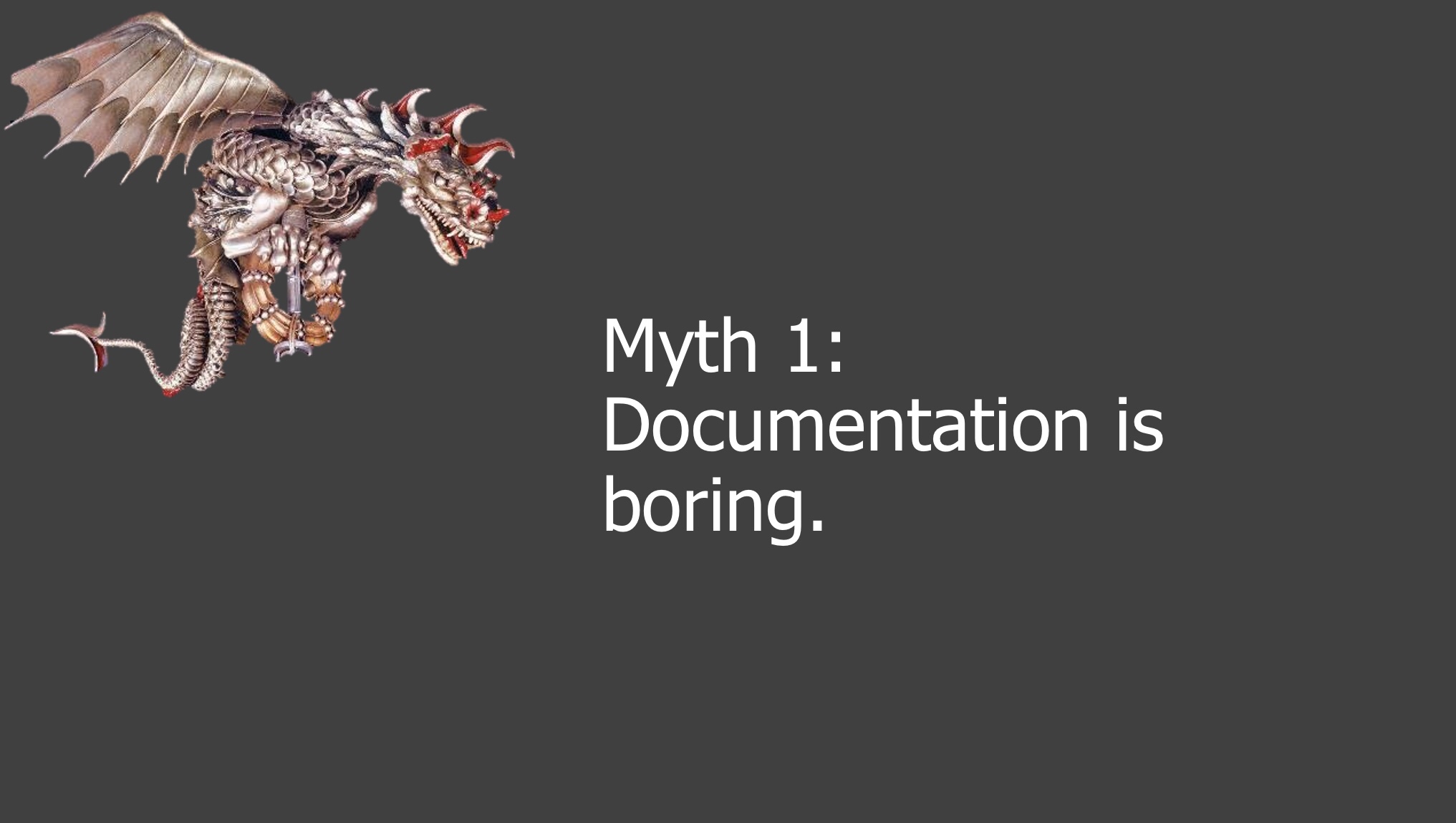
When colleagues do acknowledge the need for documentation, it is often framed as necessary but tedious, uninspiring work. I’ve never understood this attitude. Museums are often said to be about curiosity, so why aren’t you curious about what’s in your collections?
Don’t you want to be able to find stuff?
Don’t you want to know where they came from, and don’t you want to record all of that so that next time someone wonders about that object, that information is at their finger tips?
To get excited about documentation you have to believe in the potential of collections, that there is something exciting about your objects that is yet to be discovered and shared. For me the joyous thing about documentation work is problem solving, finding seemingly disparate pieces of information and putting them together to tell a whole story. Of course there is a great deal of repetition and data entry involved, but we cant spend all our time making great discoveries, we have to be generous enough to do the leg work so that our collections are truly accessible for anyone who’s curious about them. It’s what we’re paid for after all.
Myth 2: The only reason for documentation is box ticking
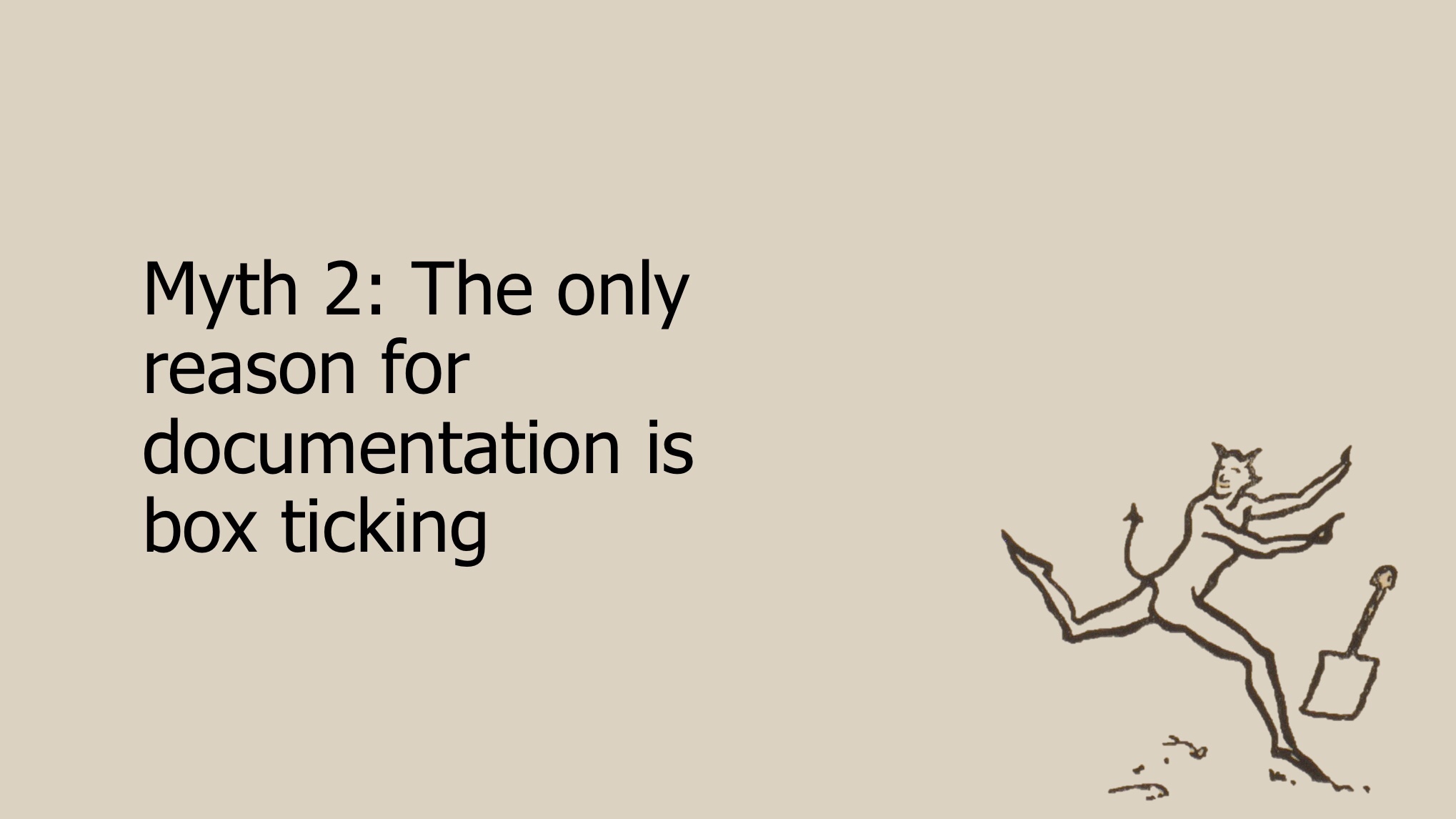
The Empowering Collections report states:
‘Many museums focus their collections work on delivering ‘the basics’: dealing with backlogs in documentation that consume substantial resources, often without being seen or understood by the public. There is a perception that this work has to be done to meet inflexible sector standards, including the Accreditation scheme and the MA Code of Ethics, despite the fact that many of these standards have been reviewed in recent years to become more flexible and audience-focused.’
I do think its important that standards are audience focused, but the idea is creeping in here that collections focused, and audience focused, are at opposite ends of the spectrum, rather than two sides of the same coin. We should want to document our collections so that we can share them with our audiences. Documentation goals should be about getting things out of the box in the store, not ticking the box on a form.
Myth 3: Documentation work is at odds with access
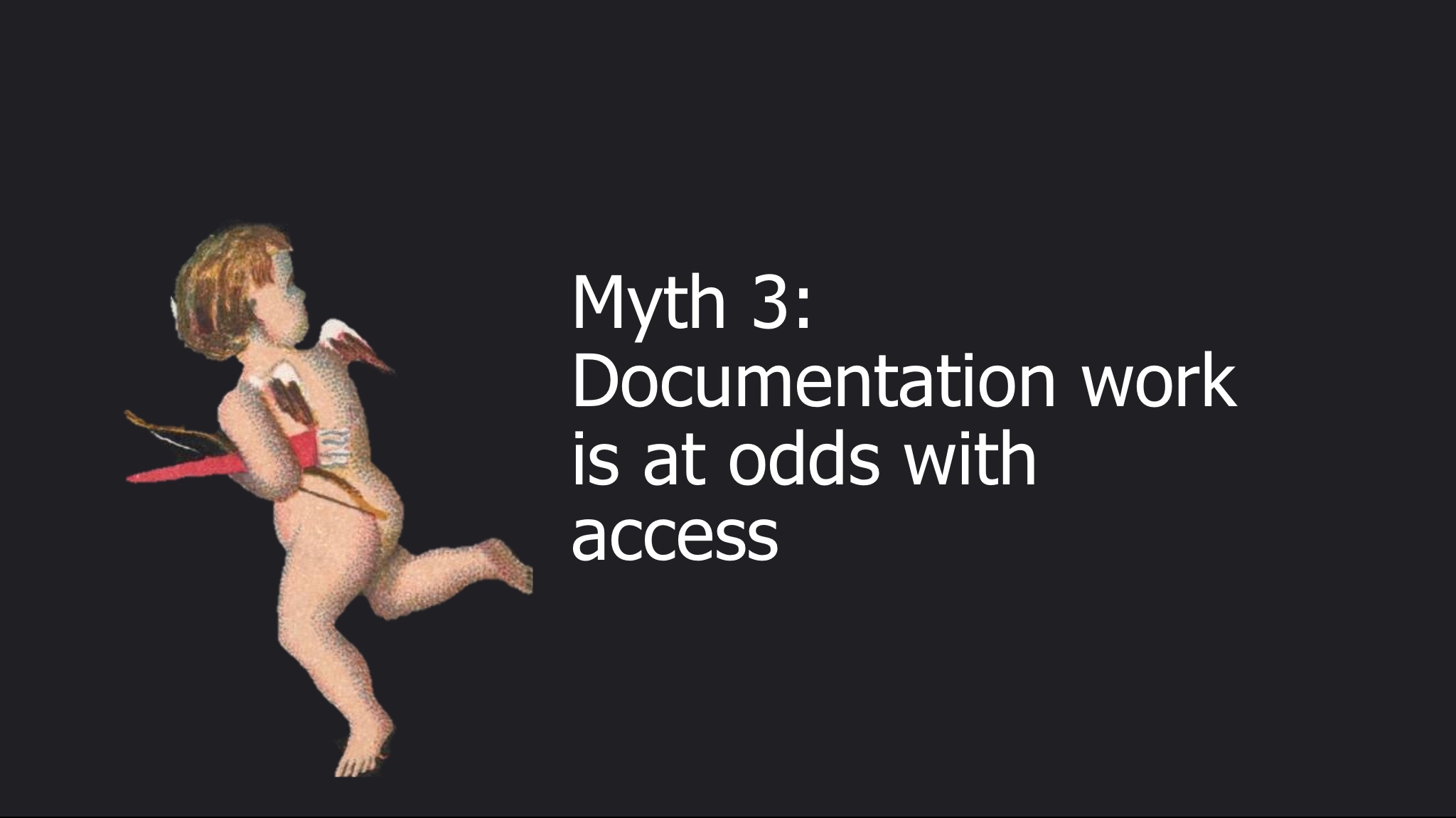
Again, from the Empowering Collections report:
‘Museums and the people that work in and with them need to expand on the idea of basic collections work, prioritising projects that are ‘use-led’, with clearly identifiable outcomes and high levels of participation with museum users and communities.’
I agree that the end goal of documentation should be getting the information and the objects out there, but this applies to even the most basic collections work. Working through backlogs may not have an immediate, tangible outcome but every previously unlabelled object catalogued and accession register transcribed, adds to what the museum can offer its users and communities.
I value documentation work because I want to be able to share what is in the museum. I don’t want to tell people half the story or say no to access requests because I don’t have enough information about the objects and I’m not confident that I can locate them.
Myth 4: We should be focusing all our efforts on engaging people with the collections
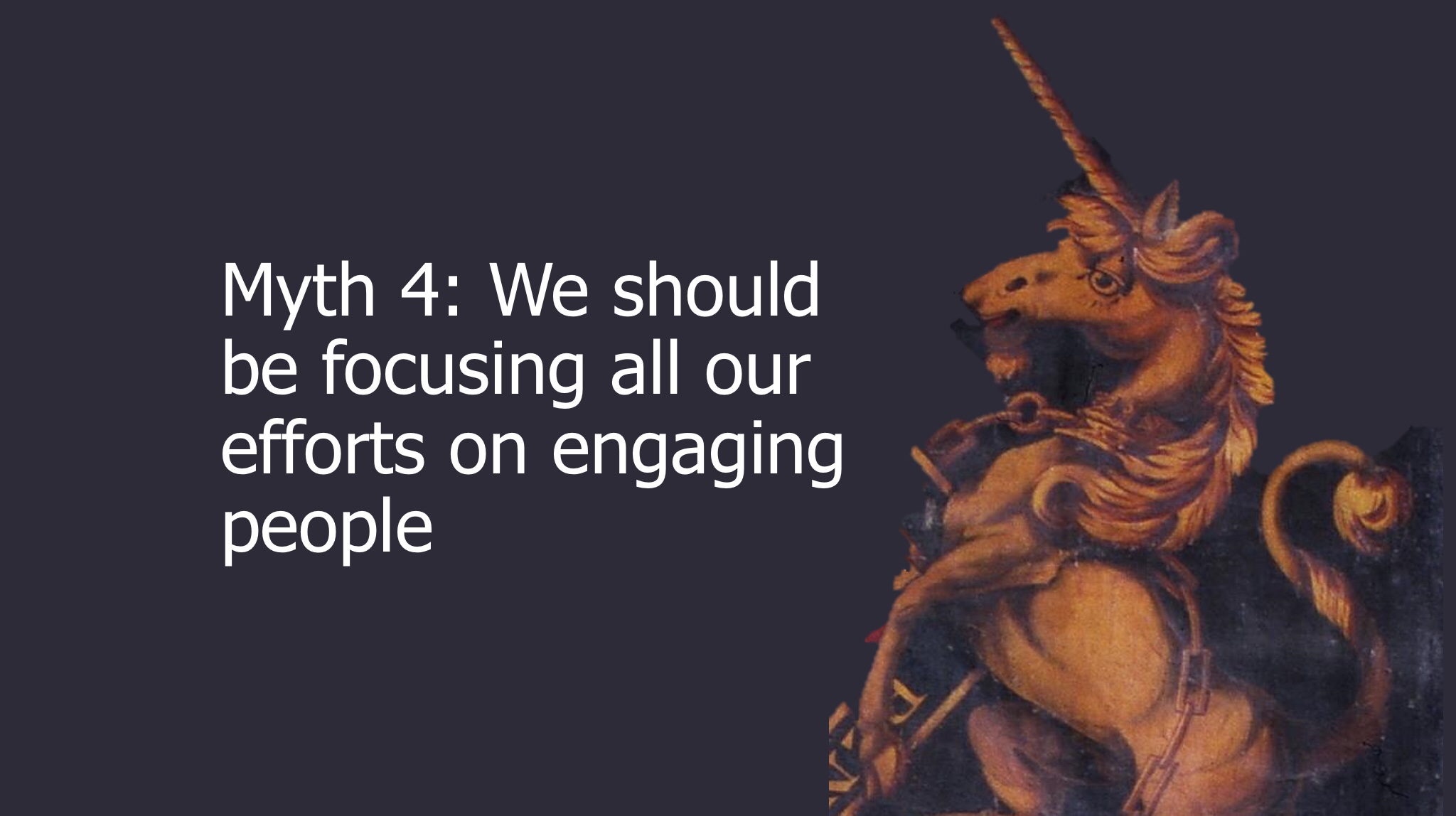
Of course we should be engaging people! But how do we engage people with objects that we can’t find or don’t know enough about? We need documentation and engagement to work together, and to rebalance our priorities between the two. We should be asking:
Who can we engage with documentation?
Whose knowledge and experiences are we documenting and whose are we currently missing out?
When we do engage with people around the collections, what happens to the knowledge that is shared?
What is lost when we engage with them and then never relate this back to the object history?
Myth 5: No one funds documentation work

As I hope my previous examples have demonstrated, We need to change our mindsets when it comes to documentation, at all levels, from staff to decision makers and funders. If we all continue to perpetuate the myth of boring documentation for the sake of it, it will never be exciting to stakeholders. We all know resources are scarce, so we must be creative in working documentation activities into our projects, and making explicit the connections between documentation and access.
The MA has recently revamped the Esmee Fairburn Collections Fund. NLHF and ACE are also committed to supporting ‘dynamic collections management’ as recommended in the Mendoza review. This gives me hope for documentation funding but we all have to keep pushing this issue on the agenda.
I’m going to end my myths here, because I don’t want to start perpetuating my own myth that…Dealing with our documentation backlogs will solve all our problems
…decolonise our museums, change lives and uncover lost treasures.
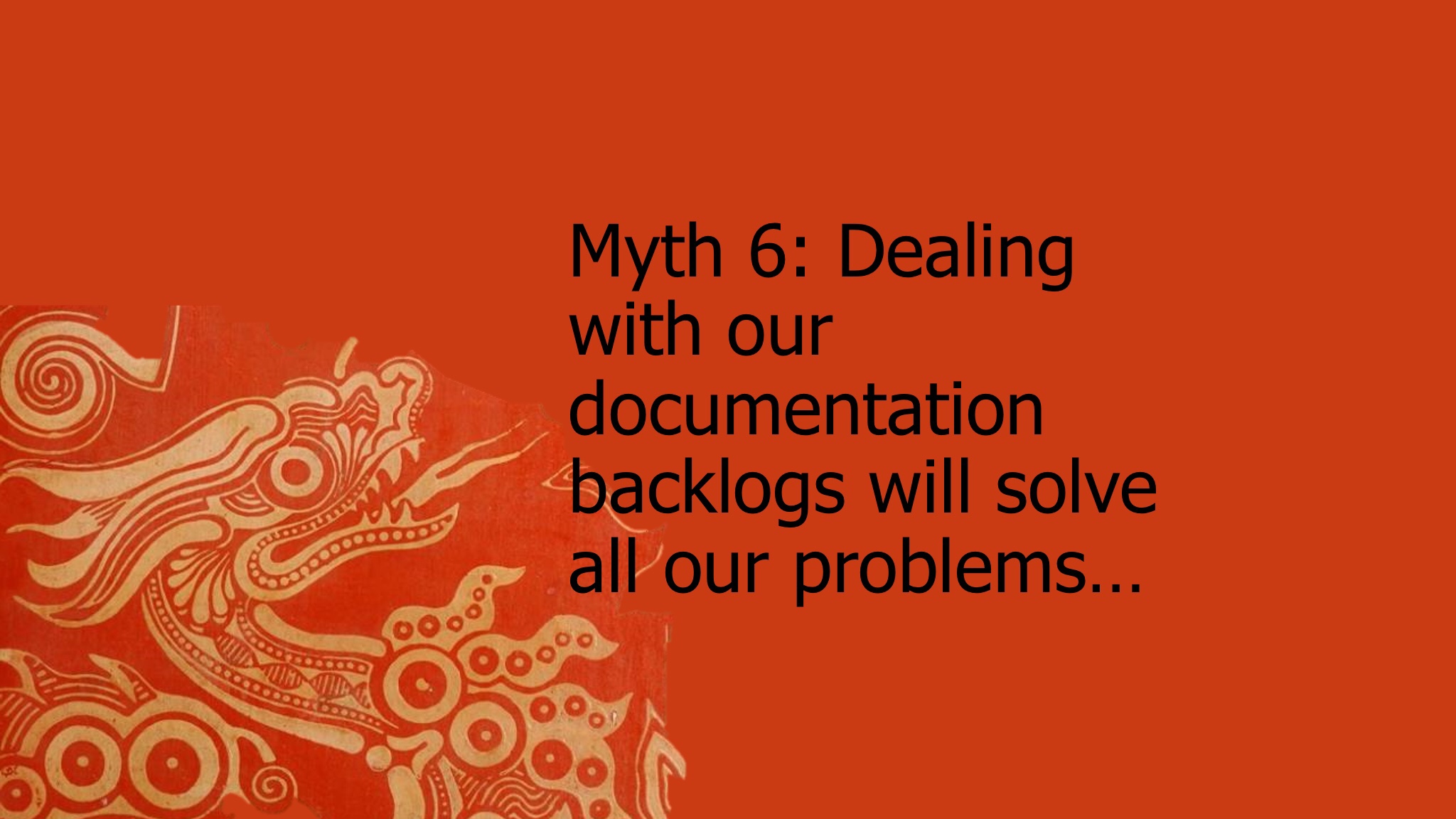
It needs to be acknowledged that not all documentation work is going to lead to ground-breaking discoveries, exhibition outcomes or even any meaningful engagement. Some of this work is inevitably about getting our houses in order, and that’s OK.